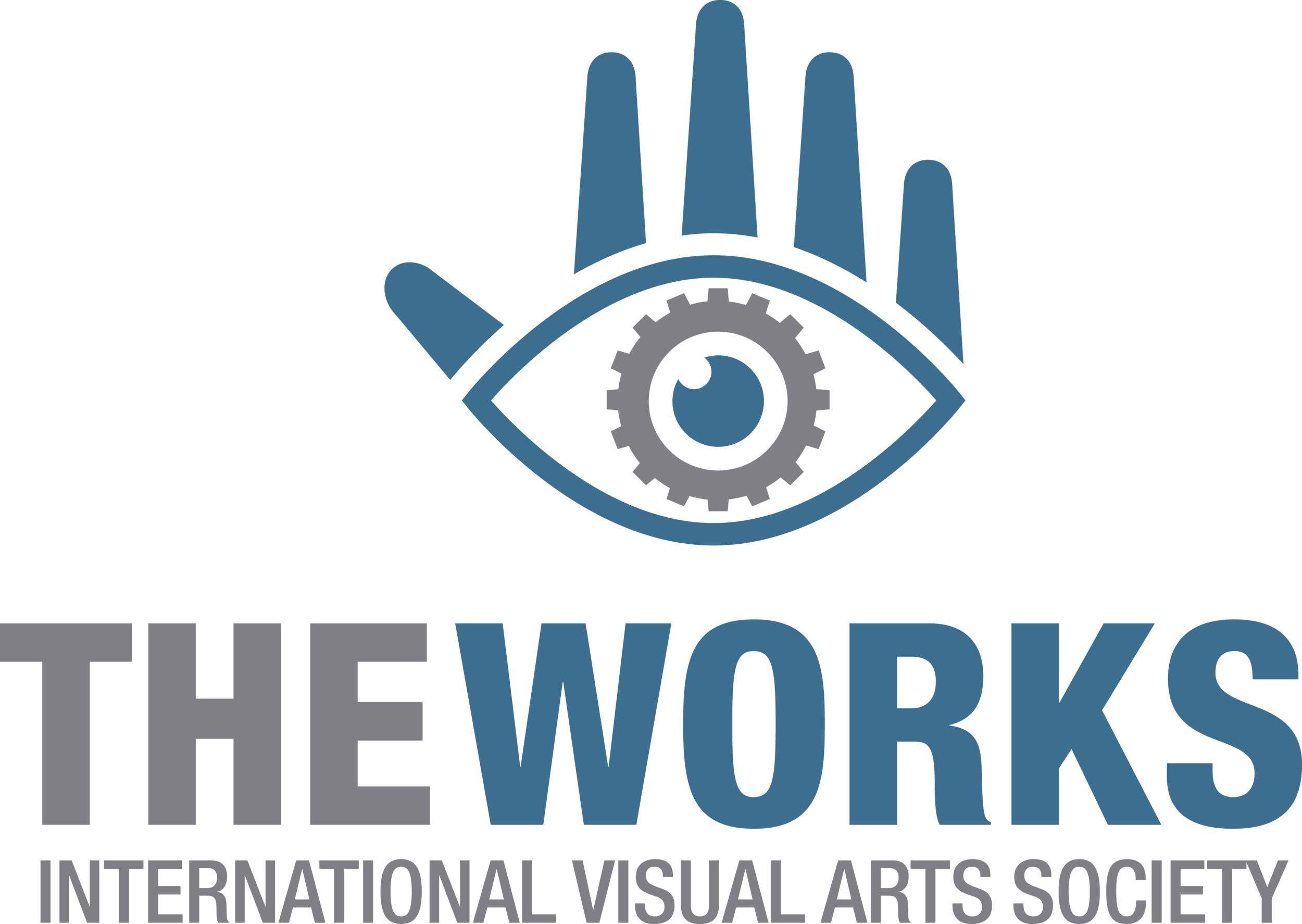Reinfusing Nature into Urban Environments
Jill Stanton, SUPERGARDEN, 2024. Photograph by Jacob Leblanc.
How can visual art activate possibilities for public engagement within the urban environment? Jill Stanton’s Supergarden explores these possibilities with her larger-than-life art installations that have populated Churchill Square during this year’s The Works Art and Design Festival.
Stanton is known for her site-specific works that incorporate both abstract and representative elements to generate new visual narratives and reflect the community, environment, and city in meaningful ways. Her contribution to this year’s festival may remind people of Jonathan Monfries’ installation Canopy, which has appeared in The Works festival for the last two years. Combining functionality with aesthetics, his wooden structures revitalize public space by facilitating opportunities for people to congregate and converse with each other.
Similarly, Stanton transforms downtown Edmonton’s urban environment by envisioning it as a positive space for public use, reflection, and enjoyment. However, Stanton’s work differs from Monfries’ as her installations’ visual impact arises, in significant part, from their exaggeration of scale and proliferation of high contrast colour combinations. Large flowers or plants such as the ones represented in Supergarden do not exist in reality, nor are they necessarily as colourful as those portrayed in her installation. Nevertheless, these works are suitably evocative of real plants, such that people can experience the works in ways that are the most meaningful for them. To facilitate people’s engagement, Stanton avoids adding many intricate details to the plants that she portrays and opts, instead, for a more suggestive style that leaves them open to people’s own interpretations and imaginations. Including bold, clean lines as well as different gradations of colour, the works’ large scale also endows them with a fantasy-like quality, due to the visual contrast between their size and the people who view them. This may peak people’s interest and allow them to transport themselves, albeit momentarily, into a different psychological space.
Stanton’s choices of colour further contribute to each work’s impact. By incorporating colours from different sides of the “colour wheel,” she creates high contrast colour combinations that will draw greater public attention and prompt people to take a second look. For example, two of her installations include the complementary colours of orange and blue and purple and yellow. In stark contrast to the grey concrete of Churchill Square, these brightly painted sculptures encompass a range of different colours across the colour spectrum, which enliven and provide some much-needed vibrancy to the downtown core. In doing so, they may also prompt people to consider the possibilities for building public spaces that are more people-centric and less disconnected from the natural environment.

